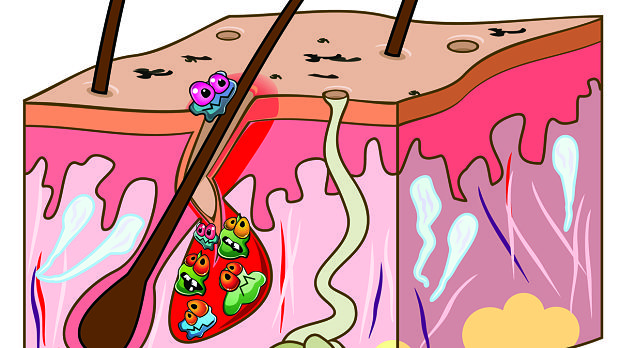The Pediatric Microbiome and Acne, Different Than Adults?
The connection between what bacterium are found in our microbiome has been made to what type of acne lesions are more prevalent on the skin. Adult acne can be linked to the presence of Propionibacterium bacteria at sebaceous sites in adults.
A recent study explored whether preadolescent bacterial microbiota may be different from that of adolescents and adults. In addition, the study looked at how the microbiota may change after the participants were treated with topical acne treatment. A small sample of participants answered a baseline medical history questionnaire, were graded for acne severity on the Comprehensive Acne Severity Scale (CASS), and microbiome samples were collected from five sites using pore strips on intact skin. Participants with acne were randomly assigned to treatment with benzoyl peroxide (BP) 5% gel or cream or tretinoin 0.025% cream. Participants with acne returned for a follow-up visit at 8-10 weeks with repeated CASS evaluation and pore strip application. The study also included a control group of age and sex-matched participants.
The results showed that compared to the control group, children with acne had higher amounts of Streptococcus, Staphylococcus and Propionibacterium. The control group also showed relatively high amounts of Streptococcus, followed by Propionibacterium. Staphylococcus and Propionibacterium were more abundant at all sites for children with acne before treatment. After treatment with either BP or tretinoin, the diversity of cutaneous bacteria decreased.
The authors note that an interesting finding was the dominance of Streptococcus seen in this population versus the adult acne microbiome where Propionibacterium dominates. Understanding the microbiome of the population being treated can help tailor treatment. They also point out that despite tretinoin not being known for having antibacterial properties like BP, the reduction of bacterium was comparable for both groups. The authors conclude that while a larger study is necessary to confirm these findings, the results suggest that preadolescents may require a different treatment approach than older individuals.
